Formulas are not divine laws.
They can sometimes work really well, but they shouldn’t be considered immovable laws.
However, and especially in the beginning, when you are still new at writing copy, they can serve you as a handy guide.
Of all the copywriting formulas out there the 4 Ps is for me the most fundamental.
Particularly when we have to write longer copy, for a sales letter or a product or service page.
If we take examples of successful pieces of direct response copy we realise that most of them follow the 4 Ps formula.
By practicing and studying a lot you’ll be able to apply the 4 Ps almost without realising it, because they’ll already be an intrinsic part of your process of copywriting.
The 4 Ps formula, although more than a formula, I consider them to be fundamental elements of all good copy, is aimed at persuading the reader to carry out a specific action.
This action can be buying a product, subscribing to a mailing list, booking an appointment, etc.
This formula is quite old but still works because it’s based on human psychology and this hasn’t changed much over the years.
Let’s see these 4 Ps + an extra bonus that will help you convince your prospects of anything you want.
The first P. The Promise
The first thing you need to do to get your target audience’s attention is to make a promise.
If you don’t get that person’s attention first, they won’t read the rest of the copy, so you need to start right there, at the beginning.
That promise needs to include a specific, desirable and credible benefit for your prospects.
- Specific – Be clear and unambiguous about what that benefit is
- Desirable – It has to be something that your prospects are looking for in their life.
- Credible – If you promise something too grand, your prospects won’t continue reading your advert since they’ll think you are making a fool of them.
Let’s look at some examples.
I recently wrote the web copy for a fashion photographer.
In the ecommerce section I chose as a promise the headline:
Images that provoke a click.
It’s a specific, desirable and credible promise.
What does a fashion brand want from a photographer?
That their images are so attractive that people will click on them.
Be aware! Don’t promise something you can’t offer. If customers believe in your promise but then don’t get what you promised them, they won’t speak well of your brand. And then it’ll become more difficult to get new customers.
This copywriting formula will power charge your copy Share on XThe second P. The Picture
If you can manage to paint a picture to help your prospects imagine a situation and place them in the right mood, you will be closer to convince them of anything you want.
First choose what kind of emotion you want the reader to feel and work on that feeling.
It can be fear, jealousy, relief, contentment, etc.
Then tell a little story that talks about the reader or other people with whom the reader can feel related.
Add details that help the reader get into the situation and create curiosity so she cannot stop reading.
The story must of course be relevant to the product or service you want to sell and evoke that emotion you want them to feel while they read.
Let’s see a great example that shows how to help the reader imagine her life after buying a course.
These are courses for online language teachers.
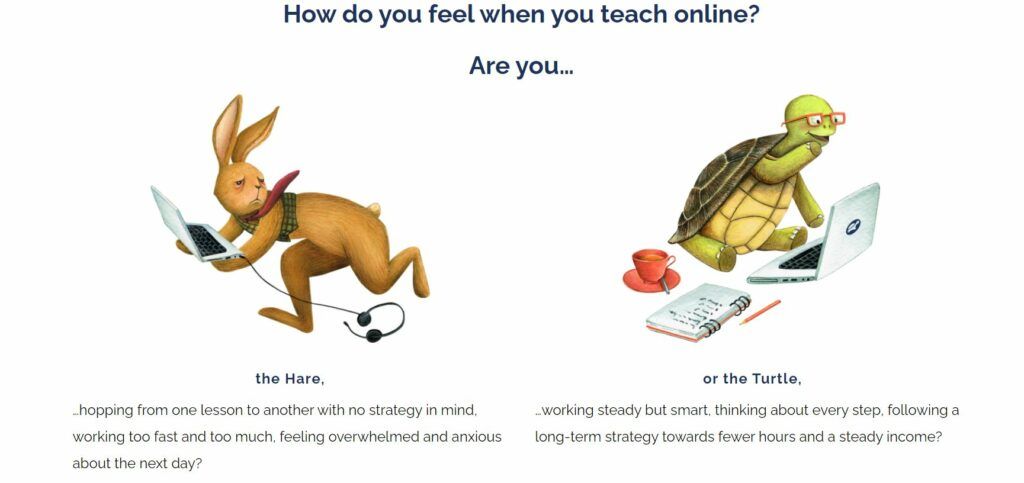
Using similes helps us a lot when it comes to placing the reader in a situation and creating emotions.
The picture needs to clear up objections too.
We all have certain doubts before we agree to something.
If you have studied your buyer persona really well, you will know what kind of hesitations are preventing him from carrying out the action you want him to do.
Like in this example of a travel agency I worked for.
One of the most typical objections with organised trips is the cancellation policy.
People want to be able to get their money back if in the end for whatever reason they can’t travel.
In the case of travelling to Argentina, some people are a bit scared and think it isn’t that safe because they heard about bad experiences.
So I chose to clear up those objections early on in the copy:
If you want to know what to visit in and around Buenos Aires, avoiding mass tourism, let us travel with you to safely enjoy the best of the city.
With our alternative tours, you will enjoy unforgettable experiences with locals, in small groups, so you take home the best memories.
And don’t worry if your plans change, our cancelation policy is much more flexible than that of other famous sites of experiences.
All the details about prices and cancelation terms are detailed on every tour. We also don’t like unpleasant surprises!
Fall in love with Buenos Aires living incredible experiences!
This copywriting formula will power charge your copy Share on XThe third P. The Proof
People are naturally suspicious.
We are in defence mode all the time, because of past experiences or because we are just a bit cynical, especially about what we read about on the internet.
It’s no use making a grand promise and painting everything in pink if you can’t prove what you’re saying is true.
People need proof to trust.
So here we come to the third P, the proof.
You have several ways to prove your arguments:
- Statistics and graphs. As the old saying goes “numbers don’t lie”. People tend to believe in statistics and graphs because from a young age we are taught that mathematics is an exact science where 2+2 = 4
- Newspaper headlines. In order to reaffirm an idea you are stating, you can add a headline from a well-known newspaper so people can check that it’s not only you who says it
- Testimonials and reviews. One of the best ways to prove your point is to let your clients talk about the transformation they experienced after hiring your services or using your product
- Case studies. You can go deeper into your clients’ experiences so prospects can feel more related and see themselves experiencing the same positive results. Case studies are particularly useful for tech products or for specific services.
Recommended reading How to write case studies that sell<<<<<<<<<<<<<<<<<<<
In order to get great testimonials, you might want to help your clients say relevant things by asking them specific questions.
People tend to be too vague, so in order to help them providing more detail, ask them questions to avoid reviews like “I liked it very much”.
But, what did you exactly like? Why? What made you hesitate before buying my product?
If you ask these kinds of questions in writing or on the phone you will get more powerful testimonials.
The fourth P. Push
This is the moment to give the reader a little push to carry out the action we want.
After you have presented all the arguments as to why the reader should choose your service or your product, you need to nudge them to press a button or Call to Action.
When presenting the offer and nudging them to do click, they should perceive your offer as great value.
So these are the 4 Ps> Promise + Picture + Proof + Push
Use them all and your copy will become more convincing.
This copywriting formula will power charge your copy Share on XNow let me give you the bonus I promised you at the begining of the article.
Bonus
One way of increasing the chances of our reader clicking where we want is to get her agreeing with us right from the start.
If you manage to make her nod her head in agreement at the very beginning of your piece of copy, you will have put her in the right frame of mind.
And it’ll be easier to convince her to do what you want.
Let me explain.
When you are painting a situation and at the beginning of the lead (the introduction) you should choose a simple sentence that will make the reader nod in agreement.
For example, you can paint a scene as follows:
There’s nothing more annoying than when you call customer service and they make you wait for what it feels like an endless period of time with elevator music on, right?
Or this other one:
Do you also sometimes take out your phone to check the time, put it back, don’t remember what time it was and take it out to check again?
99% of the population have experienced both situations sometime.
With this kind of sentences you get the reader to agree with you from the beginning and then psychologically they will be more in tune with what you ask them later on.
The sentence you choose doesn’t necesary need to be directly related to your product or service, but if it actually is then it’ll then work even better.
This copywriting formula will power charge your copy Share on XConclusion
Applying the 4 Ps will help you make your copy more persuasive.
The order can vary.
If a piece of copy isn’t working as it should you can try painting the picture first or adding the proof right at the start and then introduce the promise.
When you’ll have more experience writing copy you’ll be more likely to break formulas.
Rules are there to be broken, but when you are starting to write copy applying tested formulas can help a lot.
Copywriting is a creative process and over time you will want to try different things. Although there are universal rules, they aren’t infallible, this is not maths!
For now, I encourage you to practice the 4 Ps and see what happens!
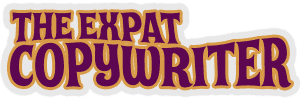
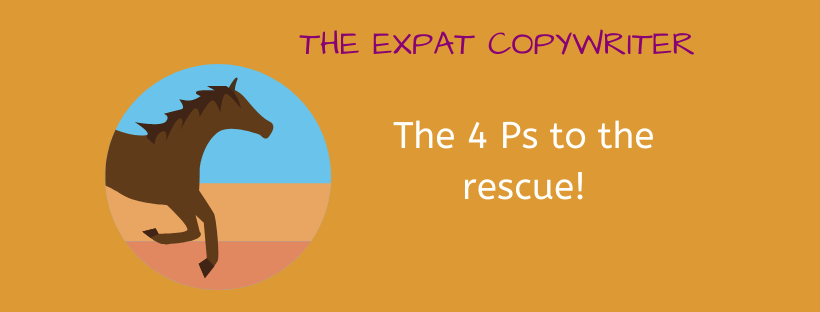
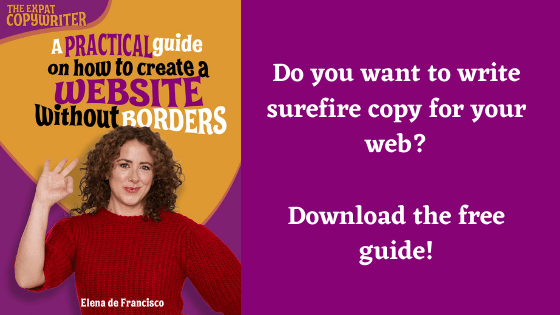
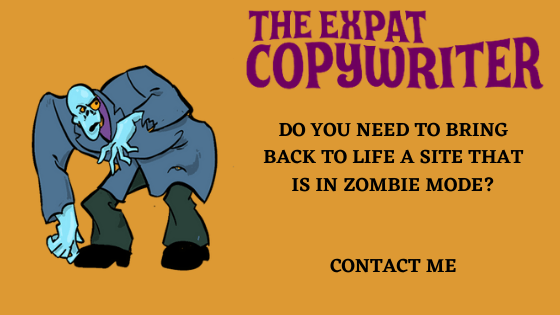
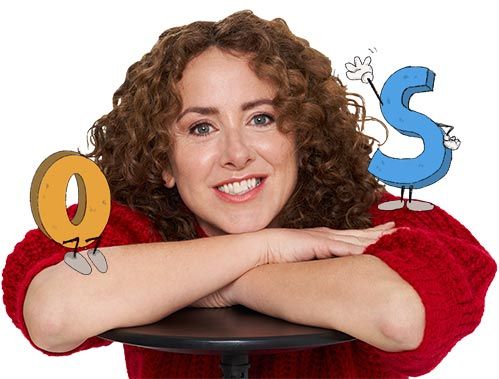
0 Comments